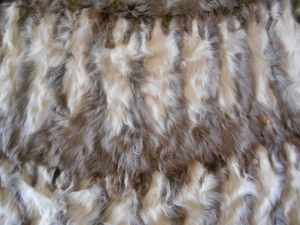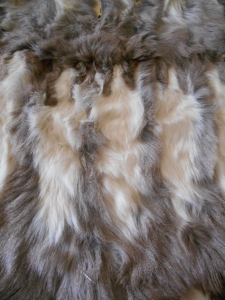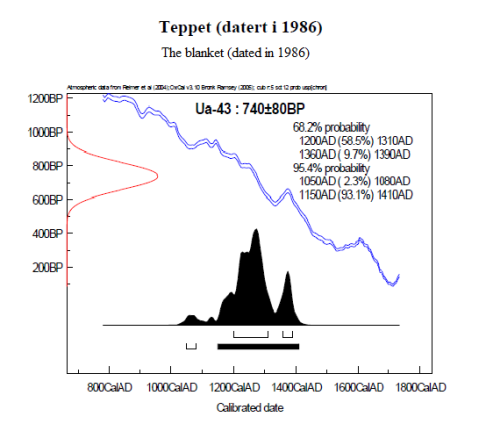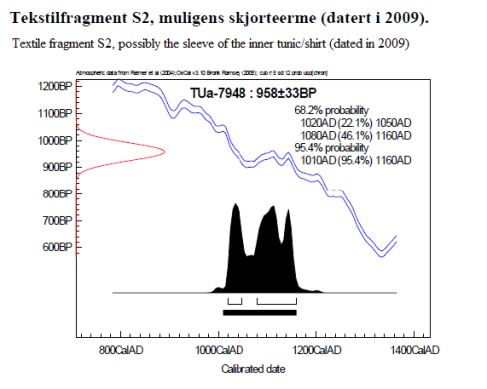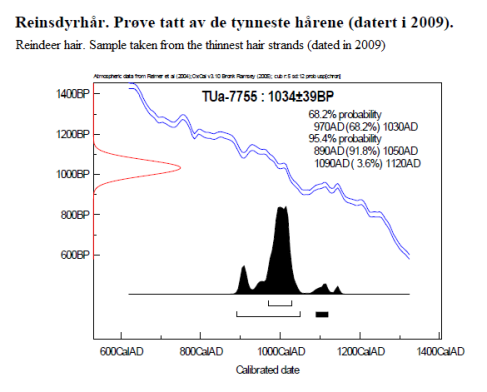Fur was extremely popular in the middle ages. It was used for decorative purposes, to show off your wealth (because the more expensive kinds were prohibitively expensive!) and to keep you warm.
That being said, not all furs were expensive. Cheaper furs such as cat (sic!) and lamb didn’t have to be extremely costly, while ermine, marten and squirrel were big business and only for the well off.
Today I’m gonna talk a bit about one special kind of fur, minivair. Minivair comes from latin minuto vario, which means a variegated fur. The fur itself comes from the winter pelt of the squirrel, that’s grey on the back and white on the belly. This could be used to form a pattern of grey and white that was very much in fashion. But for a long time I wondered… how close were the heraldic and manuscript representations of actual minivair? They often look like little shields with a crenelation on top, see the example below, from Le Livre des Images de Madame Marie, 1290.
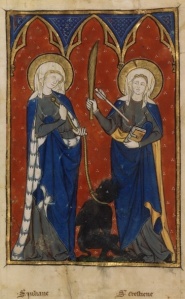
Well, minivair, or gråverk (grey work) as it was known in Scandinavia, is very hard to come by today. It is manufactured in Russia (as was also done in the Middle Ages), for use in really high class coats. And while some modern examples look very nice, se below, I still wondered about the little shields. Why little shields? Was it just a heraldic thing, similar to heraldic shields in brocade fabrics?
The answer came to me one day, with a piece of fur I bought for nothing in a flea market. It’s a baby’s blanket manufactured in the early 20th century. It had a delicate silk lining that soon fell apart, as it had become crisp (I also, later on, noticed that there were little things flying around it, and they did manage to damage it, but then I quickly as hell stuck it in the freezer where the little f*ckers died… after that I stick everything in the freezer when I buy something new). As I intended to use this historical gem for medieval clothing anyway (I know, it was kind of a museum piece in itself, but I had no use for a museum piece) I tore away the lining, revealing a couple of interesting things.
Well, first off: it was immediately apparent that the fur followed the pattern hinted at by the medieval pictures very closely. Crenelated shields!
The construction becomes more obvious when viewed from the back. I have made a little drawing, in Paint, to show you a bit more clearly how the fur has been sewn up.
I am not a furrier, but to it struck me as quite an easy way to get a sophisticated pattern, that looks just like in the manuscripts! Also one more points for manuscript studies, they do sometimes show reality, albeit in a stylized way.
So that’s all for today. On a side note it felt really good writing this, as the material is perishable (the moth attack showed that very clearly) but I still want the knowledge to be passed on… and now you know too. 🙂


